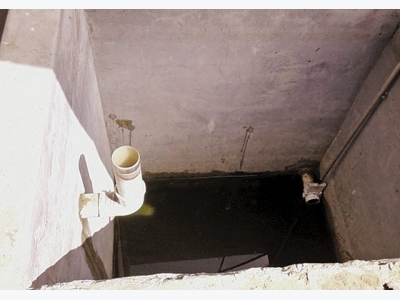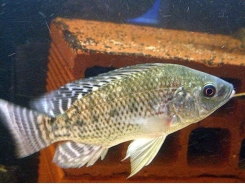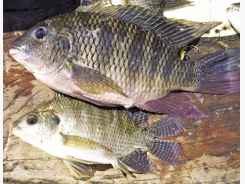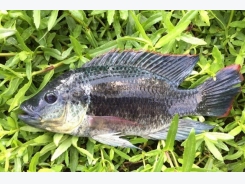Simple, proven technology for fish farming

There is much to be said for the reliability of proven filter designs, as opposed to newer ones where reliance on fragile, complicated technology could result in toxic water with dead or sick fish.
Settlement tanks are reliable and easy to use and clean. Photo: Nicholas James
Regular readers of this column will be aware that I am not a fan of complicated mechanised filtration systems. I have seen numerous small farms in South Africa with drum sediment separators, bio-drum filters, swirl separators, and the latest craze, bio-floc filtration. But I have yet to see a single commercial-scale venture with this type of filtration.
Advocates of these systems push their use without being able to offer working examples of them in the commercial setting. Moreover, most of these mechanical systems come at a high cost.
Solid waste
With filtration, it is extremely important to remove solid waste from both the grow-out tanks and the early stages of the filter before the biological filtration process starts. This is because solids rapidly clog the surface area needed by the beneficial bacteria to break down the ammonia and nitrite. A poorly operating sediment removal system allows these solids to quickly overwhelm the bio-filter, and the result is toxic water – and dead or sick fish.
Drum separators look highly impressive and effective when new. Give them six months of operation under heavy load, however, and it may be another story. Most have a complicated system of back-flushing intended to remove the build-up of waste matter on the screen. But the reality is frequently different: a layer of biological slime can end up coating the screen so that it takes more than a backwash to clean it. The whole thing then needs dismantling, removal and blasting with a pressure cleaner, during which time, of course, solids are passing through into the bio-filter.
The drive mechanism is either belt-, gear- or chain- driven, with sensors and small electric motors – a lot to go wrong. In the hot, humid conditions of a tunnel-based system, this is a weak link that could spell disaster should it fail.
The advocates of drum separators scorn the deep-V high-volume sediment settlement tank as old fashioned, but I would prefer simple, proven technology with little to go wrong to an expensive, complex mechanical device that could kill my fish should it fail.
The removal of accumulated waste build-up from a deep-V tank is as simple as turning an upward-pointing pipe downward, or opening a valve.
Revolving mechanical bio-filters can suffer similar long-term problems in tilapia-culture filtration, with a build-up of adhesive bio-slime on the medium, which blocks the flow and causes the water to bypass the nitrifying process.
Newest system
The latest innovation being promoted is bio-floc filtration, whereby the biological filter medium is in suspension in the water in the grow-out tanks. I have grave reservations about this in a commercial setting. A large volume of daily feed results in large amounts of solid waste that has nowhere to go.
Bio-floc filtration has yet to prove itself in high- intensity production units. If a promoter is pushing this new technology, ask him for examples of commercial success, not his own small-scale backyard set-up!
Related news
Tools

Phối trộn thức ăn chăn nuôi

Pha dung dịch thủy canh

Định mức cho tôm ăn

Phối trộn phân bón NPK

Xác định tỷ lệ tôm sống

Chuyển đổi đơn vị phân bón

Xác định công suất sục khí

Chuyển đổi đơn vị tôm

Tính diện tích nhà kính

Tính thể tích ao




 How to start your own aquaculture business -part…
How to start your own aquaculture business -part…  Know your tilapia species
Know your tilapia species